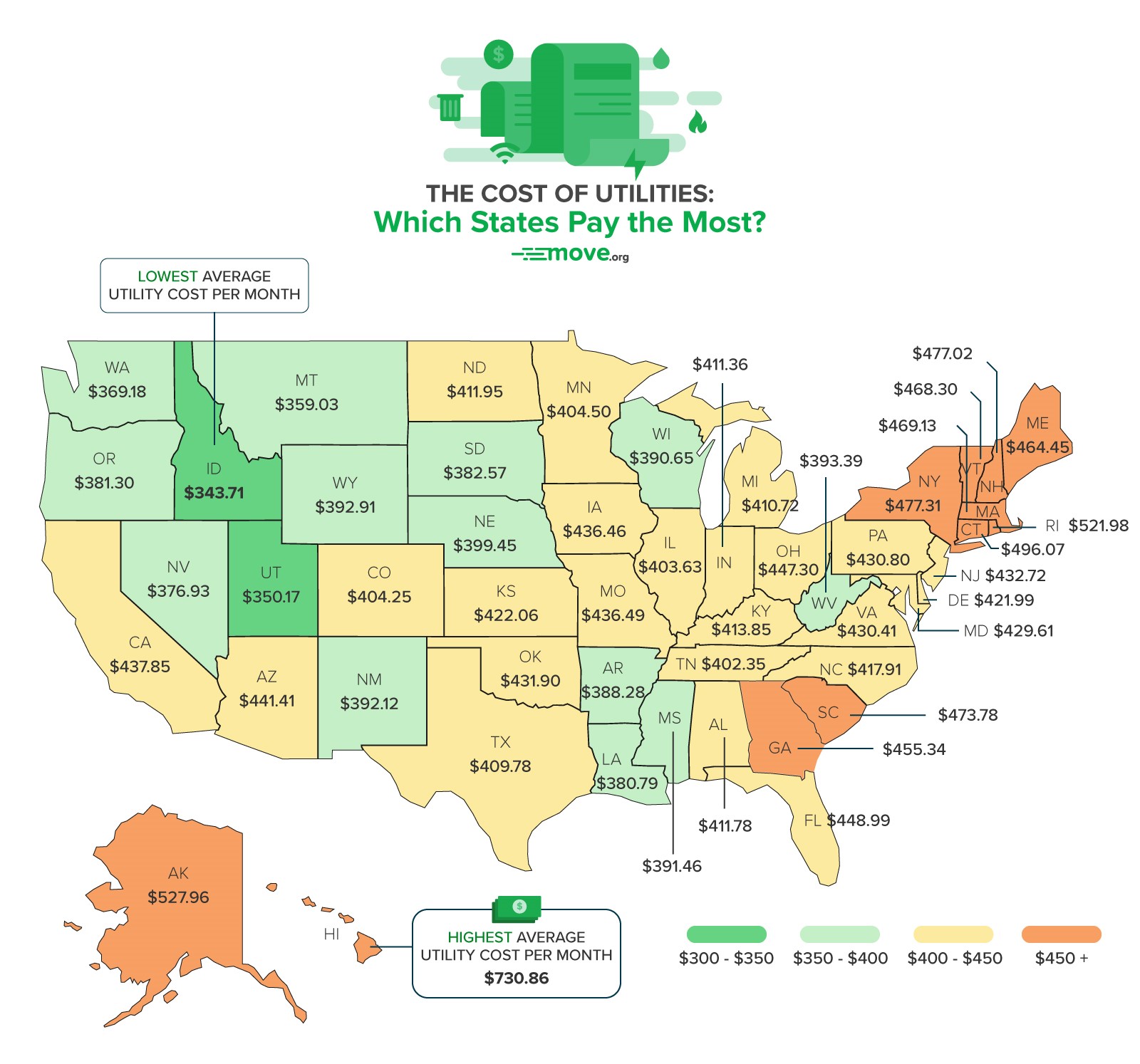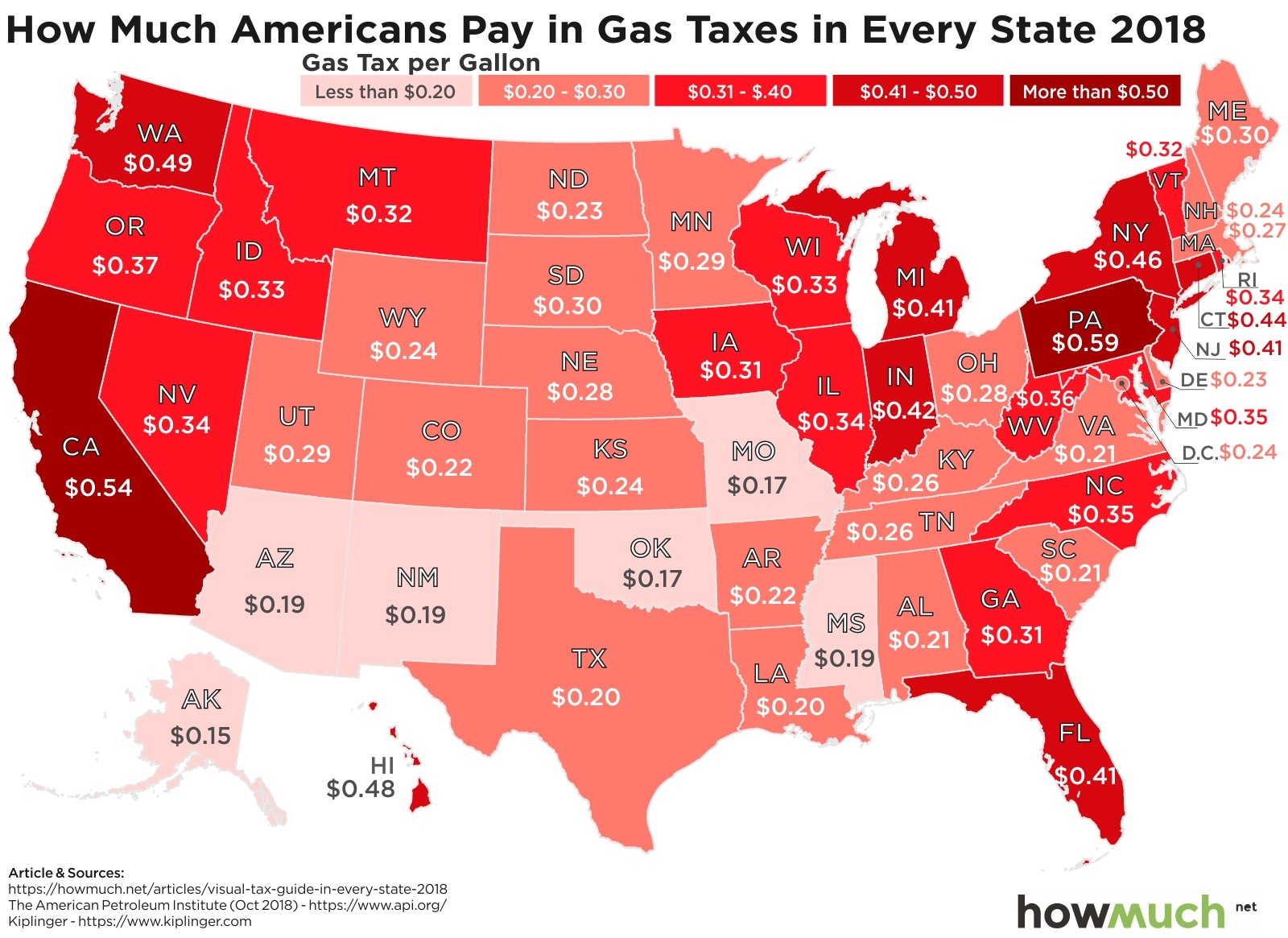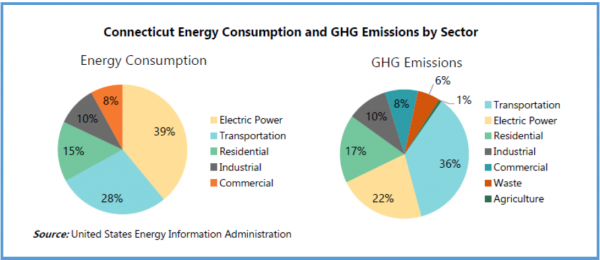With momentum to accelerate sustainability practices in Connecticut, local and regional representatives from Connecticut’s 169 towns and cities, along with key agencies and businesses, have spent the past year developing Sustainable CT. The new statewide initiative will be formally launched at the end of this month with expectations of influencing sustainability practices across the state.
Meeting for much of the past year, an Advisory Committee, consisting of state and municipal leaders , developed the initiative and adopted the overarching concept, “Sustainable CT communities strive to be thriving, resilient, collaborative and forward-looking. They build community and local economy. They equitably promote the health and well-being of current and future residents. And they respect the finite capacity of the natural environment.”
Created by towns and for towns, Sustainable CT aims to be a voluntary certification program to recognize Connecticut municipalities for making their communities more vibrant, resilient and livable. It includes approximately 55 best practices along with opportunities for grant funding. Towns may choose which actions they will implement to achieve differing certification levels. The program is designed to support all Connecticut municipalities, regardless of size, geography or resources.
Organizers say that sustainability actions, policies, and investments deliver multiple benefits and help towns make efficient use of scarce resources and engage a wide cross section of residents and businesses. The official launch of Sustainable CT will occur at the Annual Convention of the Connecticut Conference of Municipalities on November 28.
“Sustainable CT will foster creative thinking and problem solving within and between municipalities. It will be the tool communities can use to bring together seemingly divergent stakeholders for the common goal of sustainability,” said Laura Francis, First Selectwoman, Durham, and Vice-Chair of the Advisory Group.
Officials indicate that all of Connecticut’s 169 towns and cities have been represented in Sustainable CT’s development in some way, either by directly by a municipal official or staff person, by a highly engaged local volunteer, or by a regional entity charged with representing member municipalities.
The Sustainable CT framework includes:
- Sustainable CT is a roadmap of voluntary actions that will help municipalities be more sustainable.
- Resources and support, including funding, help local communities apply the actions that fit them best.
- The Sustainable CT Certification publicly recognizes municipalities for their sustainability achievements.
- Sustainable CT is flexible. Any Connecticut municipality can find ways to become more sustainable – urban or rural, big or small, coastal or inland.
Municipal leaders and residents from across the state, the Connecticut Economic Resource Center (CERC), Connecticut Conference of Municipalities (CCM) and others from key agencies, non-profits and businesses all partnered to help create the program. Burlington First Selectman Ted Shafer chaired the effort. A CCM Task Force on Sustainability, which included 15 mayors, first selectmen, and municipal officials, assisted the Advisory Committee.
CERC’s Courtney Hendricson, Vice President of Municipal Services, served on the Local Economies Working Group, chaired by Patrick Carleton, Deputy Director of the Metropolitan Council of Governments, and Thomas Madden, Director of Economic Development in Stamford. The working group helped to define actions municipalities can take to create or enhance economic development that fosters energy-efficient and clean-powered commercial and industrial buildings, supports local products and businesses, increases local jobs and revenues and promotes environmental and community well-being.
The Institute for Sustainable Energy at Eastern Connecticut State University coordinated the initiative. Support was provided by a funding collaborative composed of the Emily Hall Tremaine Foundation (EHTF), Hampshire Foundation and Common Sense Fund. Advisory Board members included, in addition to Shafer and Francis, Carl Amento, David Fink, Bryan Garcia, Emily Gordon, Donna Hamzy, Scott Jackson, John Kibbee, Rob Klee, Kurt Miller, Kristina Newman-Scott, Christine Schilke and Christina Smith.








 Electricity costs are significantly higher on the East Coast, according to the study by move.org, released this week. Seven of the top ten states with the most expensive utilities are on the Atlantic Seaboard. In addition to Connecticut, those states are Rhode Island, ranking third at $521.98; New York ($477.31); New Hampshire ($477.02); Massachusetts ($469.13); Vermont ($468.30) and Maine ($464.45). The only other non-Atlantic coast state to land in the top 10 is South Carolina ($473.78).
Electricity costs are significantly higher on the East Coast, according to the study by move.org, released this week. Seven of the top ten states with the most expensive utilities are on the Atlantic Seaboard. In addition to Connecticut, those states are Rhode Island, ranking third at $521.98; New York ($477.31); New Hampshire ($477.02); Massachusetts ($469.13); Vermont ($468.30) and Maine ($464.45). The only other non-Atlantic coast state to land in the top 10 is South Carolina ($473.78).


 In total, 27 states have raised or reformed their gas taxes since 2013. Indiana instituted a 10-cent increase in 2017; Oregon approved a 10-cent phase-in that began this year. The South Carolina legislature overrode a Governor’s veto to enact a 12-cent-per- gallon increase in the tax rate to be phased in over 6 years, according to data compiled by the Institute on Taxation and Economic Policy. Oklahoma’s legislature approved a 3 cent increase this year - that state’s first since 1987.
In total, 27 states have raised or reformed their gas taxes since 2013. Indiana instituted a 10-cent increase in 2017; Oregon approved a 10-cent phase-in that began this year. The South Carolina legislature overrode a Governor’s veto to enact a 12-cent-per- gallon increase in the tax rate to be phased in over 6 years, according to data compiled by the Institute on Taxation and Economic Policy. Oklahoma’s legislature approved a 3 cent increase this year - that state’s first since 1987.



 Memo of Understanding to get have 150,000 EVs on Connecticut roads by 2025.
Memo of Understanding to get have 150,000 EVs on Connecticut roads by 2025.


























